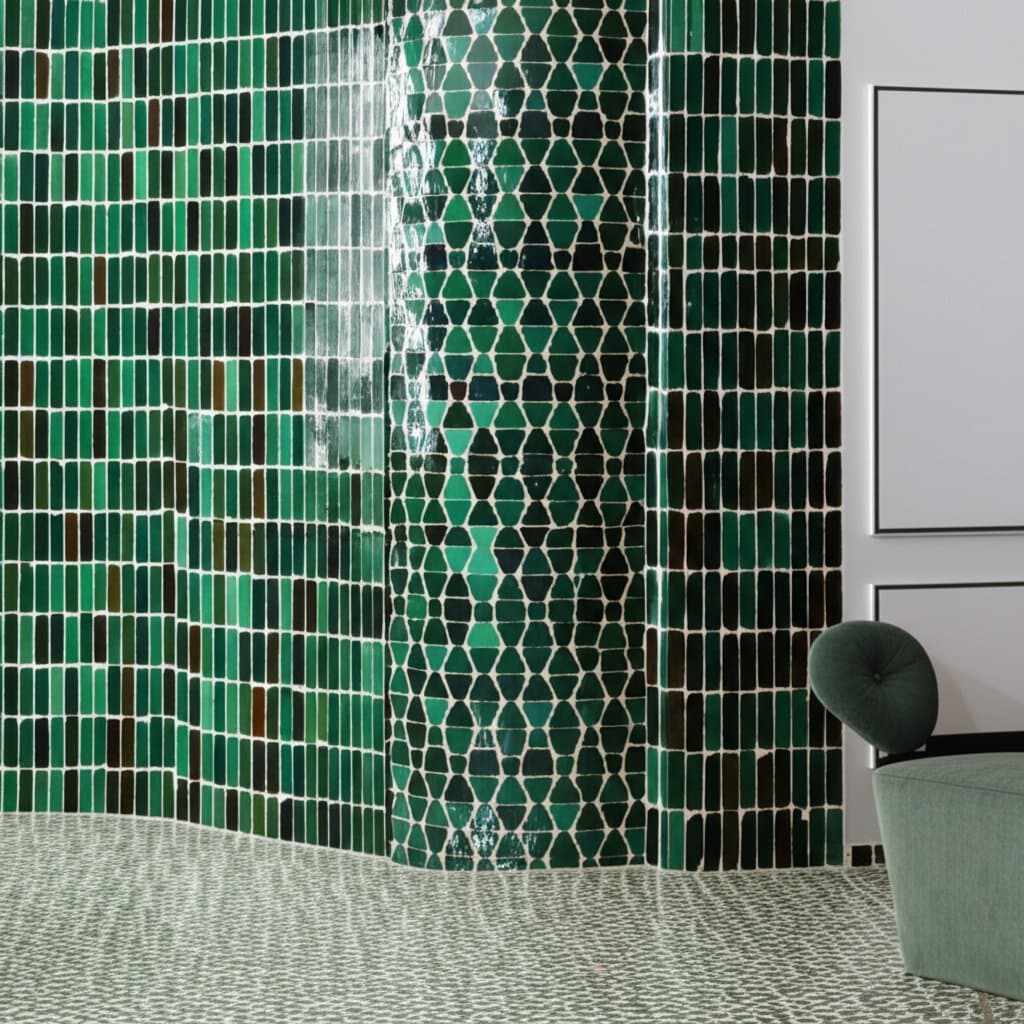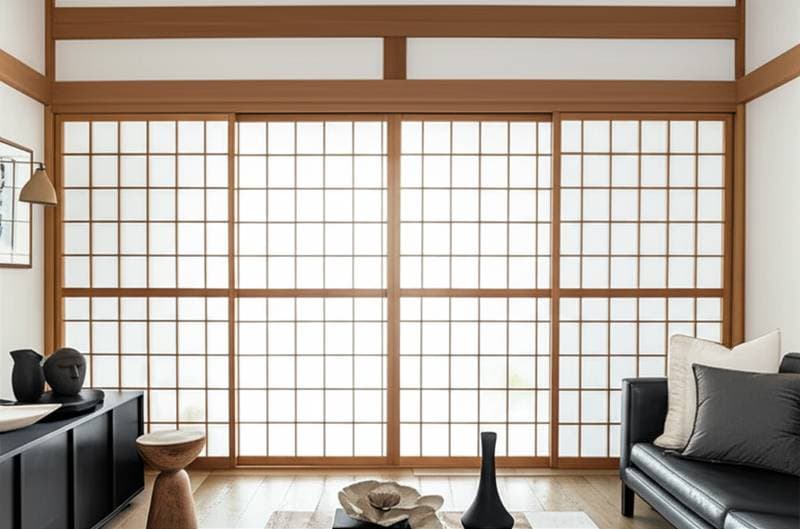Why Zellige Tiles Define 2025 Entryway Design
Handmade Moroccan Zellige tiles emerge as the focal element in contemporary entryways. Their uneven edges, subtle color shifts, and glossy finishes produce a harmonious mix of texture and visual appeal. Property owners select these tiles for their capacity to integrate historical techniques with current styles. The minor irregularities in each tile interact uniquely with light, converting a basic foyer into an expression of comfort and personal style.
Zellige tiles elevate ordinary surfaces to the level of sculptural elements. They align with an increasing demand for genuine materials, layered effects, and skilled workmanship rather than uniform factory outputs. Designers position them in precise geometric arrangements or gentle monochromatic blends, infusing entry areas with character and subtle allure.
Three Strategies to Achieve This Aesthetic
Budget Strategy ($1,000 - $2,500)
- Opt for ceramic alternatives modeled after Zellige, typically produced mechanically yet featuring irregular borders and muted glazes.
- Apply them to a confined zone, like a step landing or focal wall, to mimic the artisanal appearance without high expense.
- Allocate funds toward superior grout and expert placement, since precise joints and uniform alignment enhance the overall outcome.
Moderate Strategy ($2,500 - $5,000)
- Combine authentic handmade Zellige in select spots with economical base tiles.
- Choose subdued shades such as cream, soft green, or hazy gray to ensure enduring versatility.
- Pair with a sturdy wooden door and matching fixtures to harmonize the tactile qualities and hues.
Premium Strategy ($5,000 - $9,000)
- Install true Moroccan Zellige throughout the entire entry flooring or prominent wall.
- Complement with bespoke illumination, tailored woodwork, and durable bronze or brass door fittings.
- The rich tones and inherent differences gain a subtle aging over years, increasing depth, appeal, and worth.
Guidance on Materials and Finishes
- Windows: Select narrow frames in black or bronze to direct attention toward the tile's surface qualities. Incorporate etched glass or paneled divisions for seclusion while preserving sightlines.
- Doors: Pair with wood in natural finishes like walnut or oak, which resonate with the shiny tile faces. Favor straightforward paneling to allow the flooring to stand out.
- Exterior Siding: Opt for even stucco or lime-washed surfaces that match the tile's soft, hand-applied texture.
- Molding and Details: Use finishes in brushed brass, weathered iron, or satin black to reflect the crafted essence.
Practical Maintenance Considerations
Zellige tiles withstand regular use, yet their absorbent quality necessitates protective sealing against water and discoloration. Clean them routinely with a gentle, pH-neutral cleaner to maintain the gloss. Inspect and refresh grout joints regularly, particularly in busy entry zones. While synthetic versions demand less upkeep, they lack the distinctive, natural inconsistencies that characterize original Zellige.
Common Pitfalls to Sidestep
- Excessive Pattern Complexity: Multiple forms or shades risk cluttering compact areas. Maintain a single tone or basic configuration.
- Neglecting Illumination: The glossy surface excels under daylight. Incorporate wall-mounted lights or adjacent windows to amplify the glow.
- Bypassing Expert Fitting: Variations in size and depth among handmade tiles require precise handling. Professional application guarantees level results and sustained elegance.
Integrating Elements for Cohesive Impact
Assess your existing entryway through multiple viewpoints prior to selecting materials. Record current surfaces, building characteristics, and regional weather patterns. Determine spots where added texture or tonal differences create the strongest effect. Through deliberate selection of Zellige tiles, organic materials, and strategic lighting, your entryway embodies Moroccan artistry in a functional, timeless manner.






